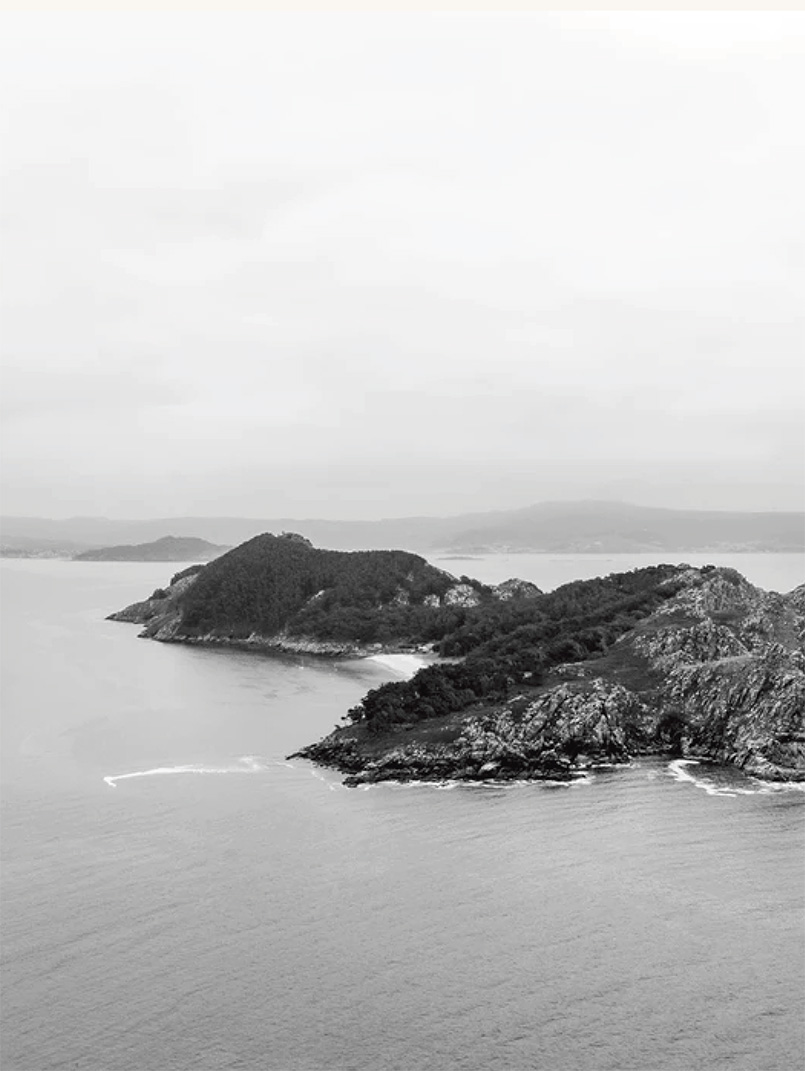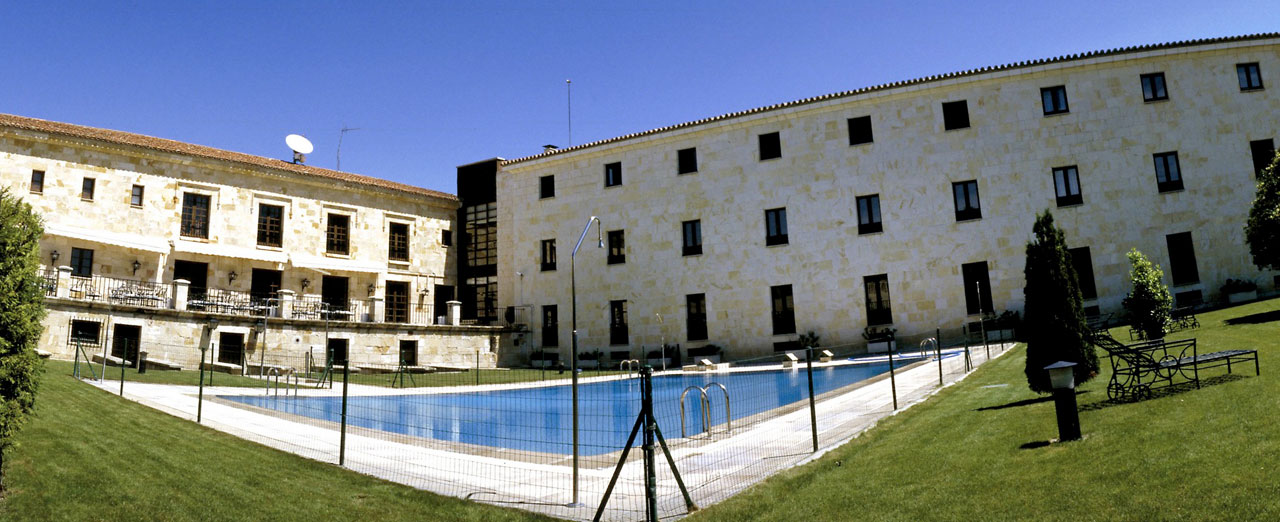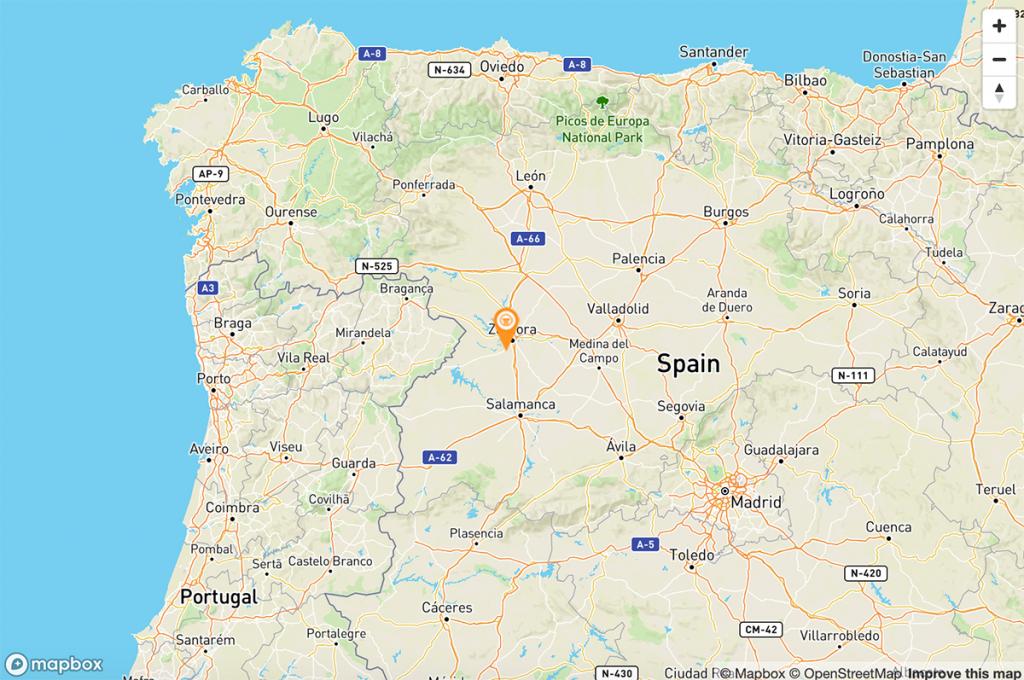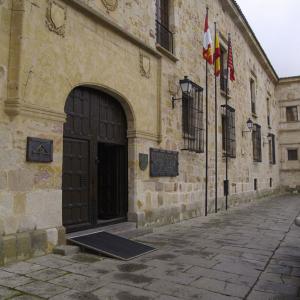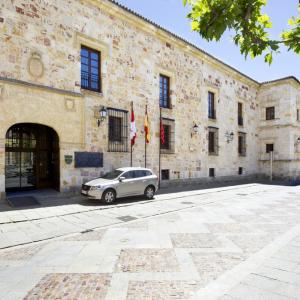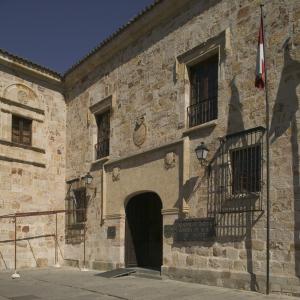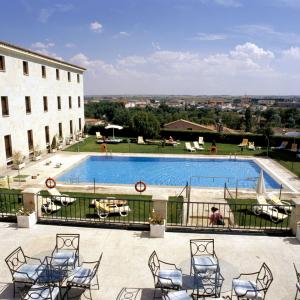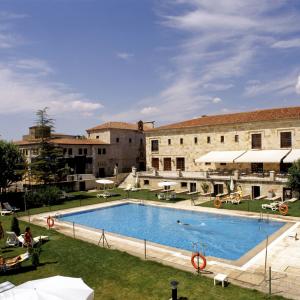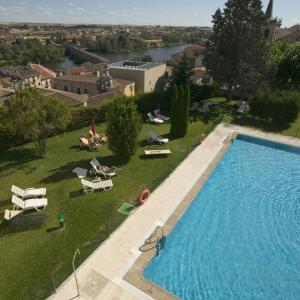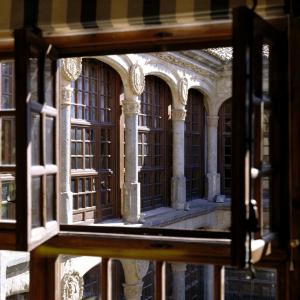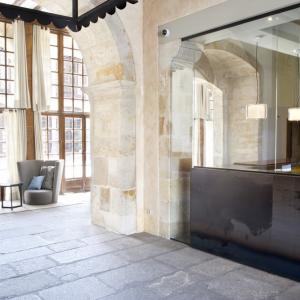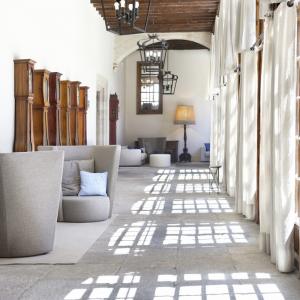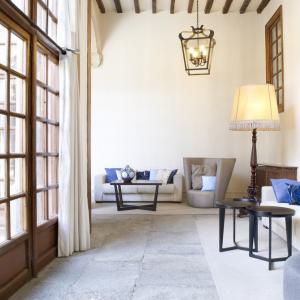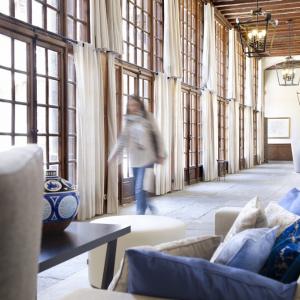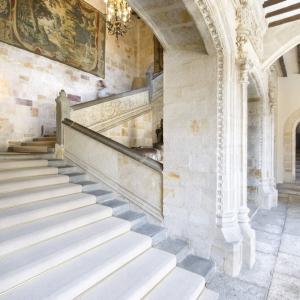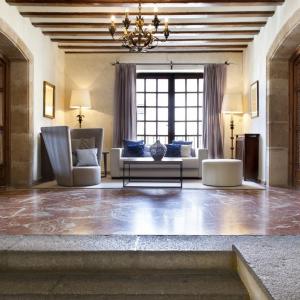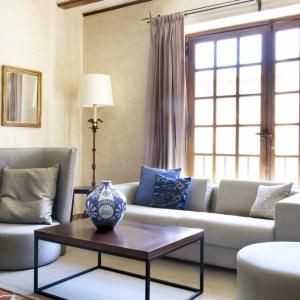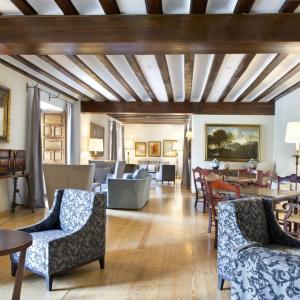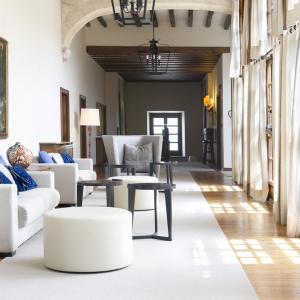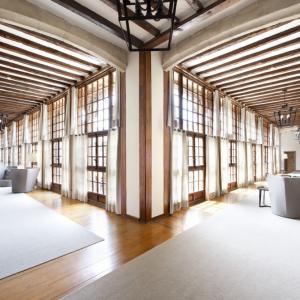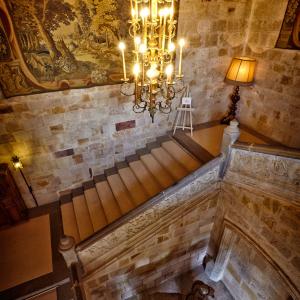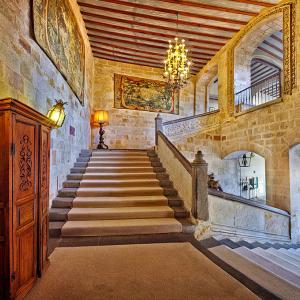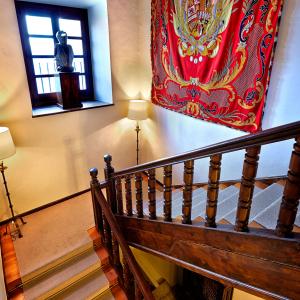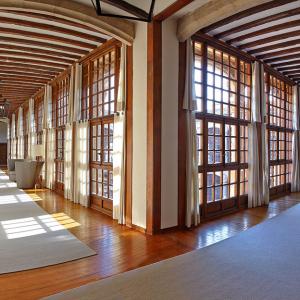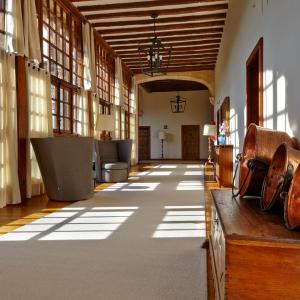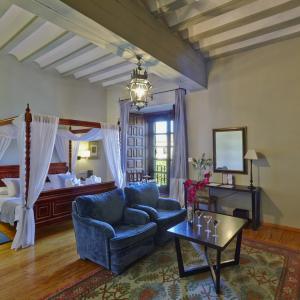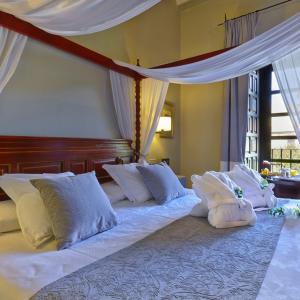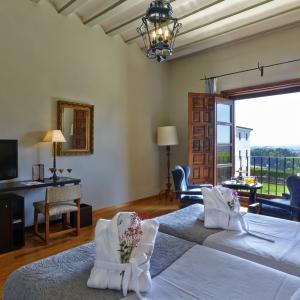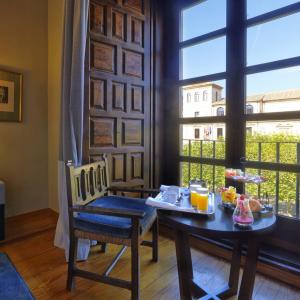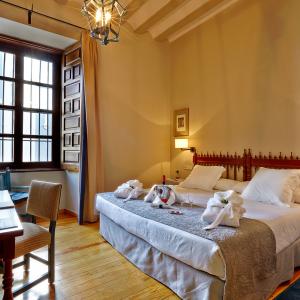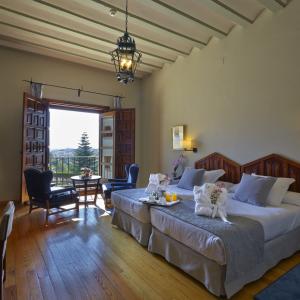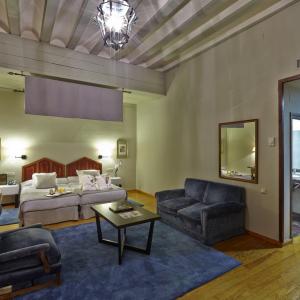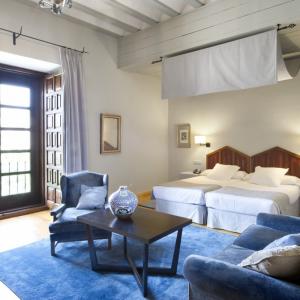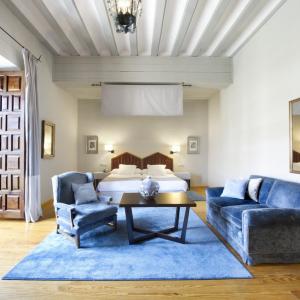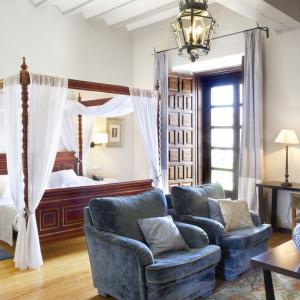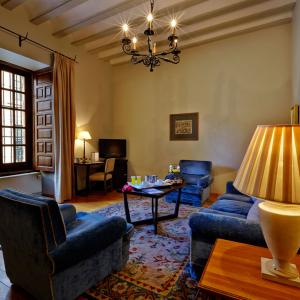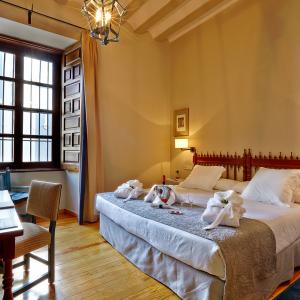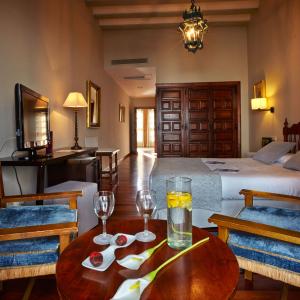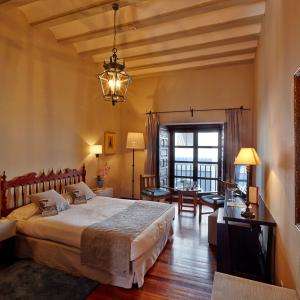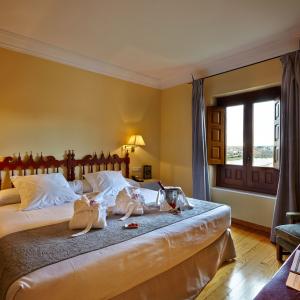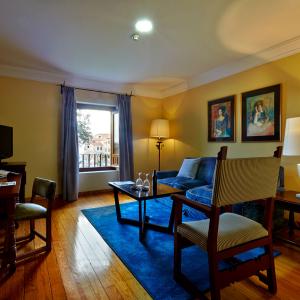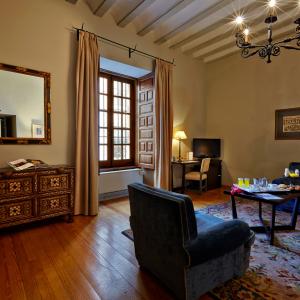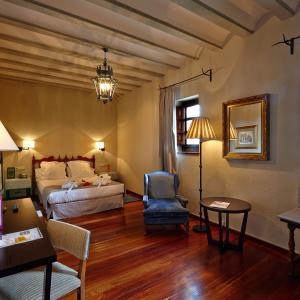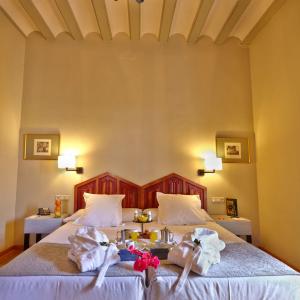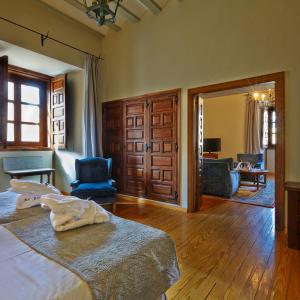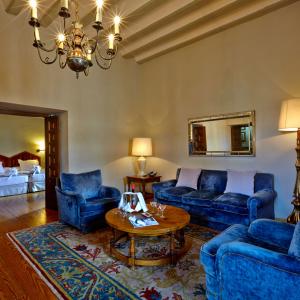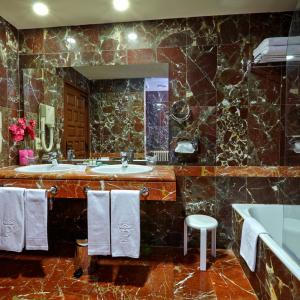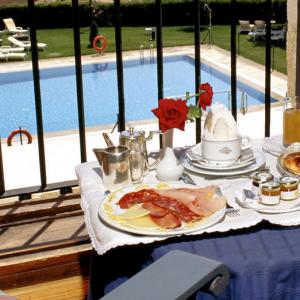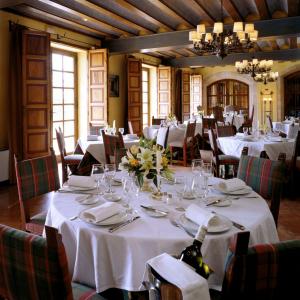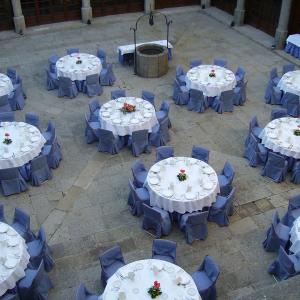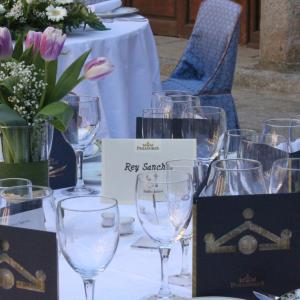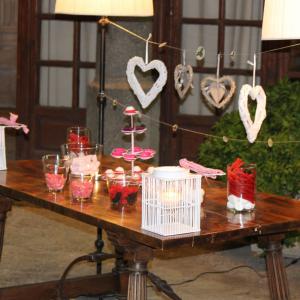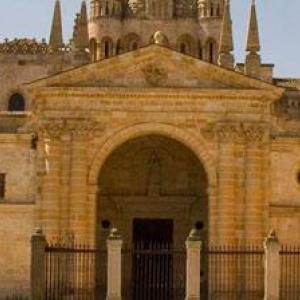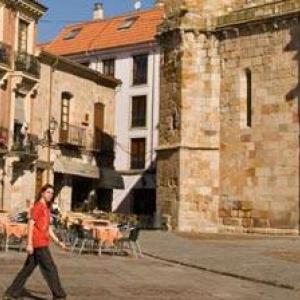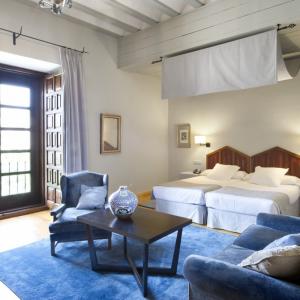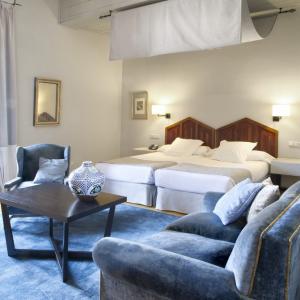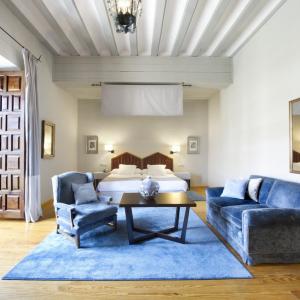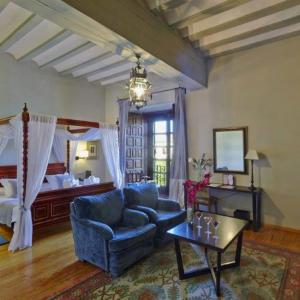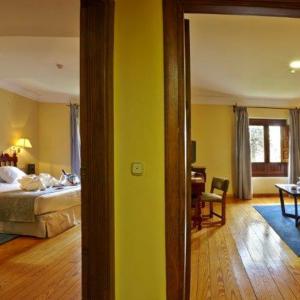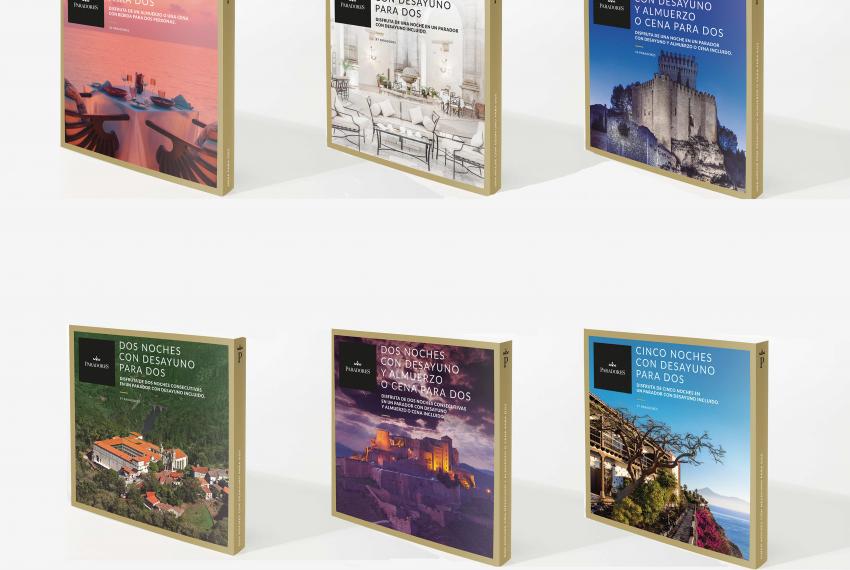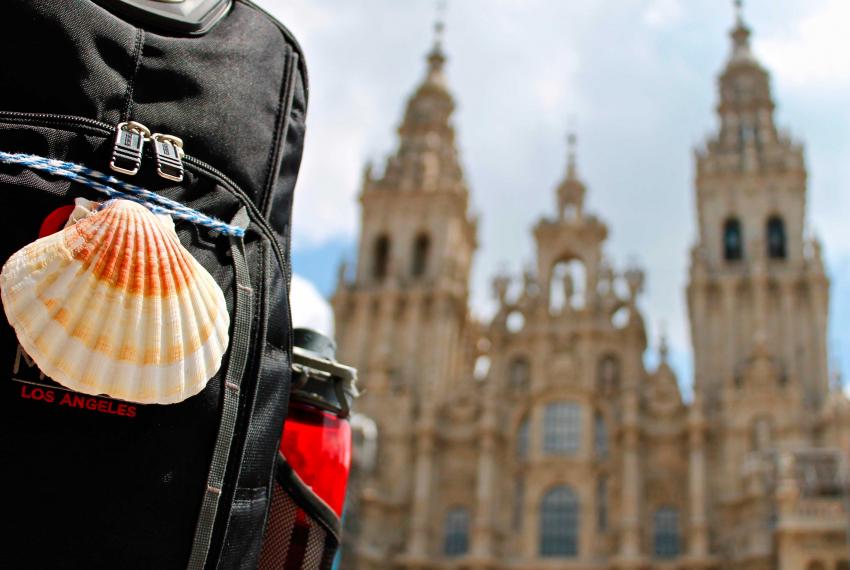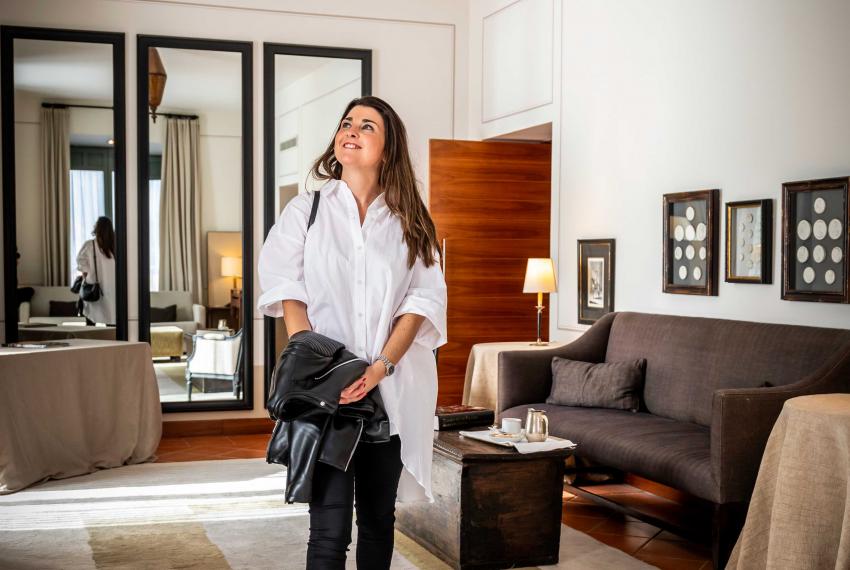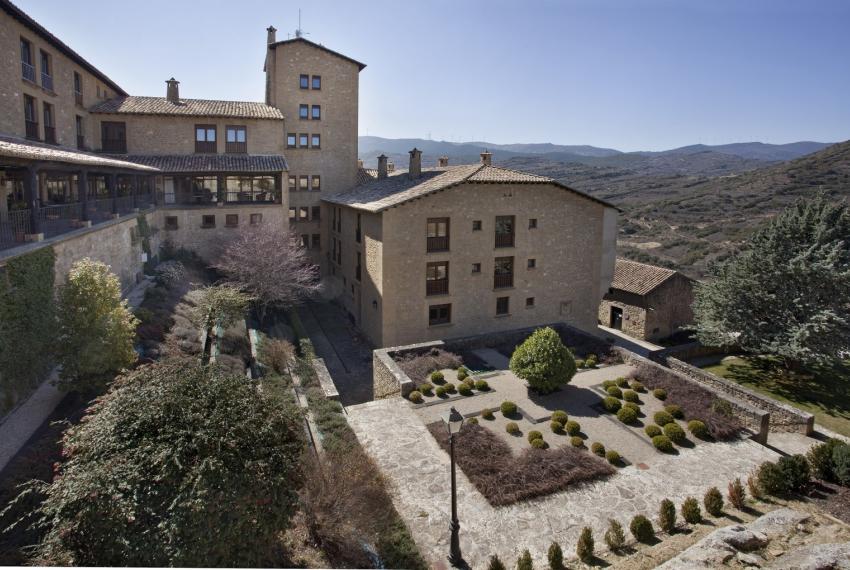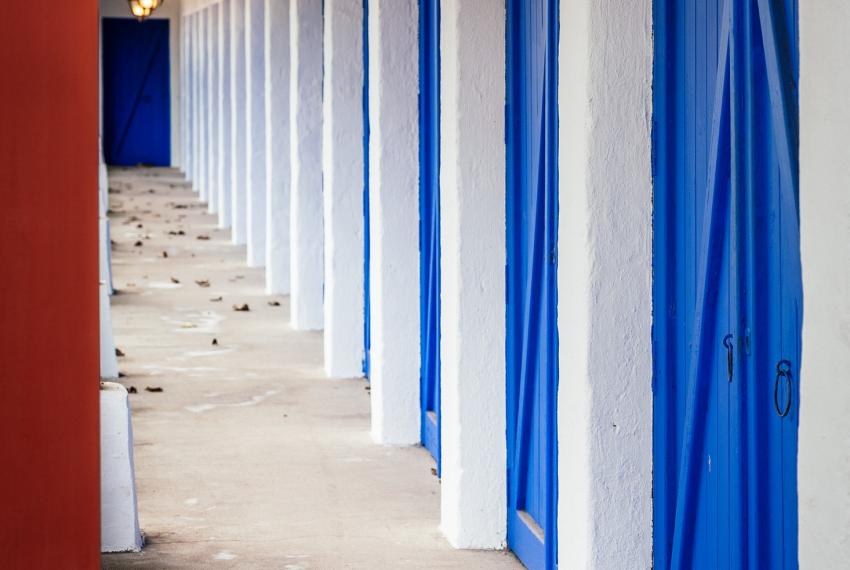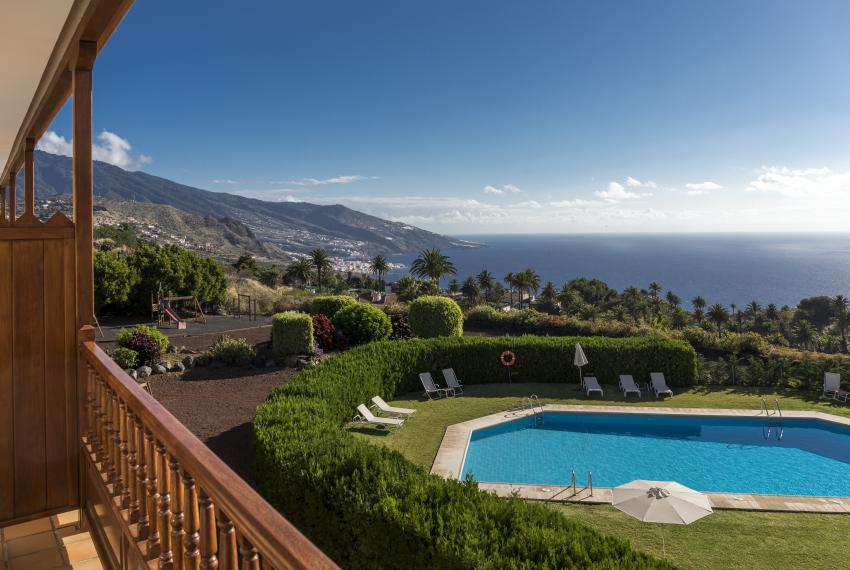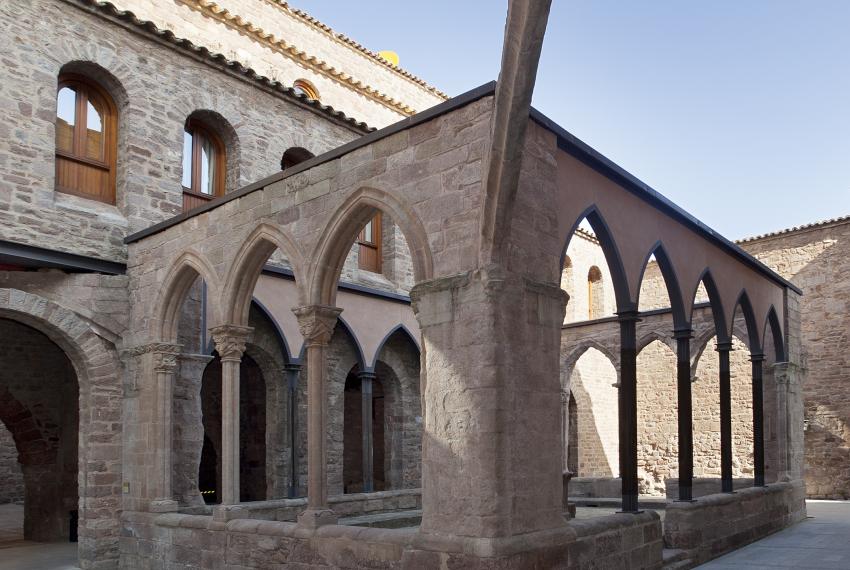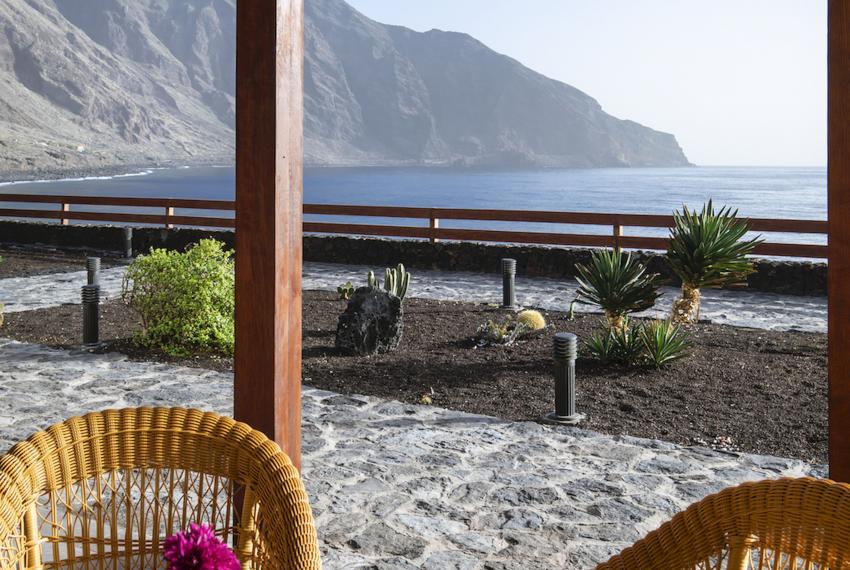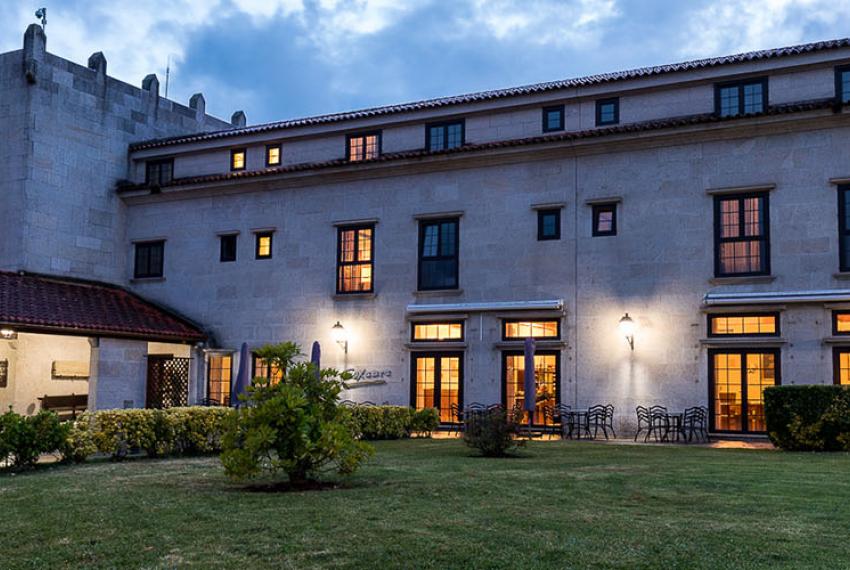Parador de Zamora
Plaza de Viriato, 5 49001 Zamora
Register number: 49/000183
+34 980514497
[email protected]The former palace of the Counts of Alba de Aliste is today home to the Parador de Zamora. A beautiful 15th century Renaissance palace built in the centre of the city. Although the building has a military appearance its interior design is full of sophisticated effects. One highlight is the magnificent Renaissance courtyard with a glazed wooden gallery and heraldic coats of arms. The decoration is in the medieval style, as shown by the armour, the noble tapestries and the canopied beds. The Parador completes its offer with two convention rooms, a refreshing swimming pool and an excellent cuisine in its restaurant.
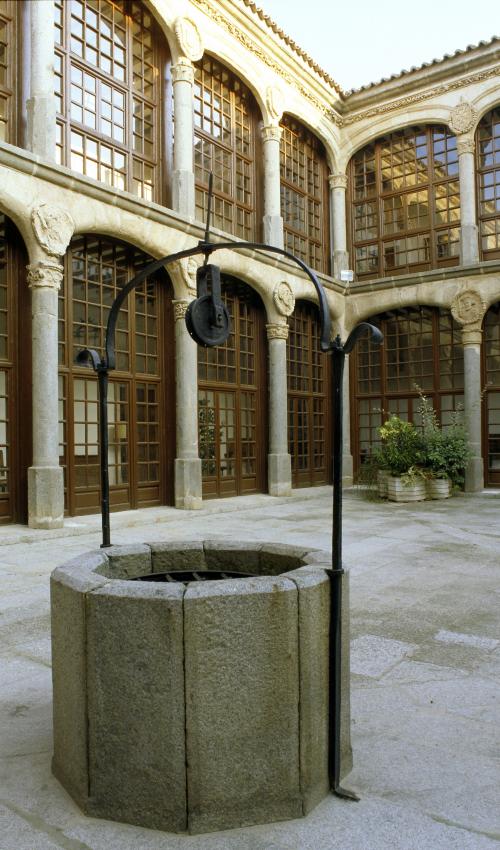
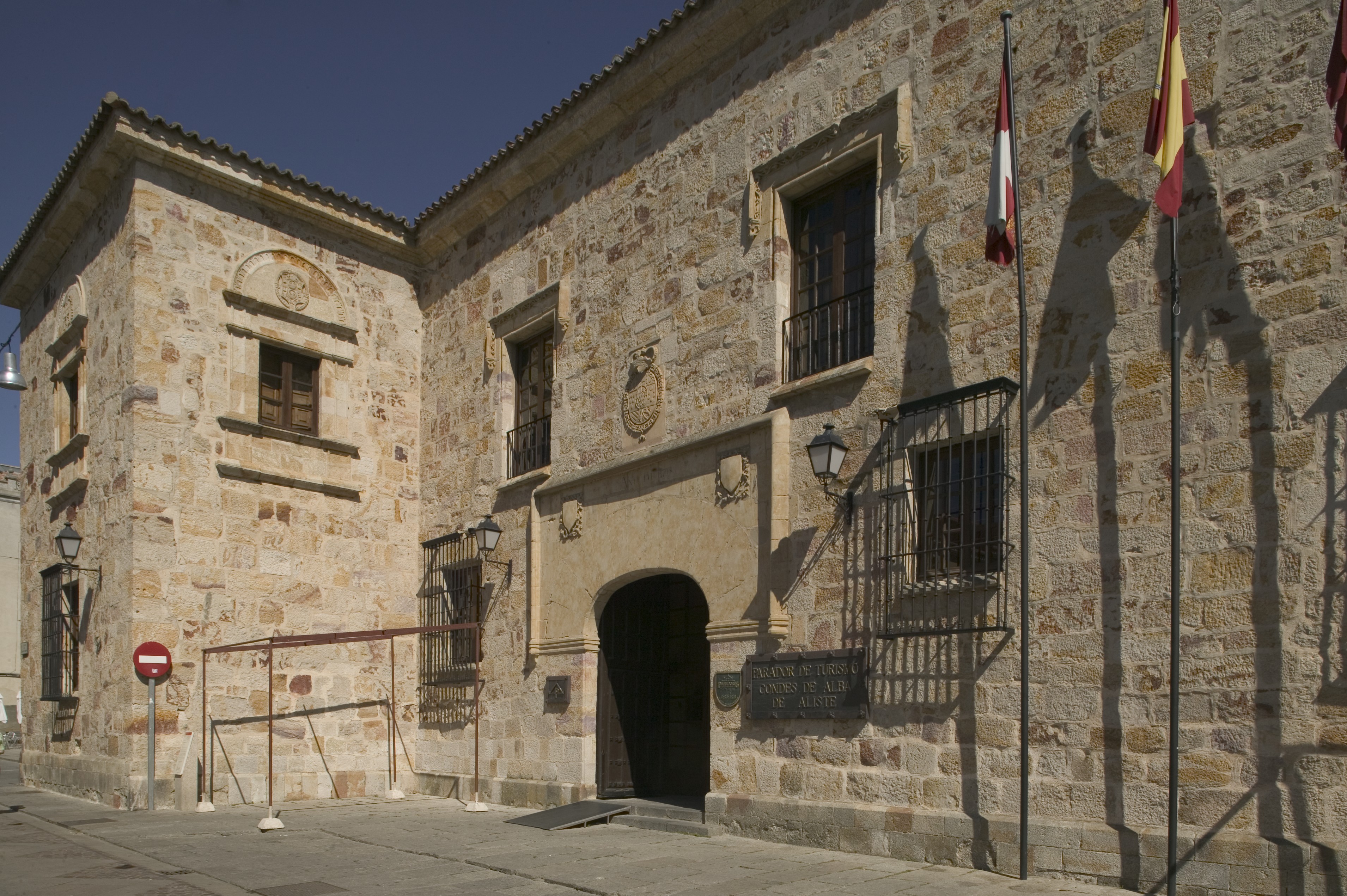
The central location of the Parador de Zamora allows you to comfortably tour the historic centre of Zamora discovering all the beauty of the natural, monumental and artistic environment of the area. Highlights include the castle, the cathedral and its cupola, the convent of Las Dueñas with a delicate modernism touch and Romanesque art in many of its buildings and museums. The river Duero allows boat trips from which you can contemplate the spectacular canyons of the Arribes del Duero. What´s more, in this Natural Park, with its great scenic beauty, you can hike and do other outdoor activities.
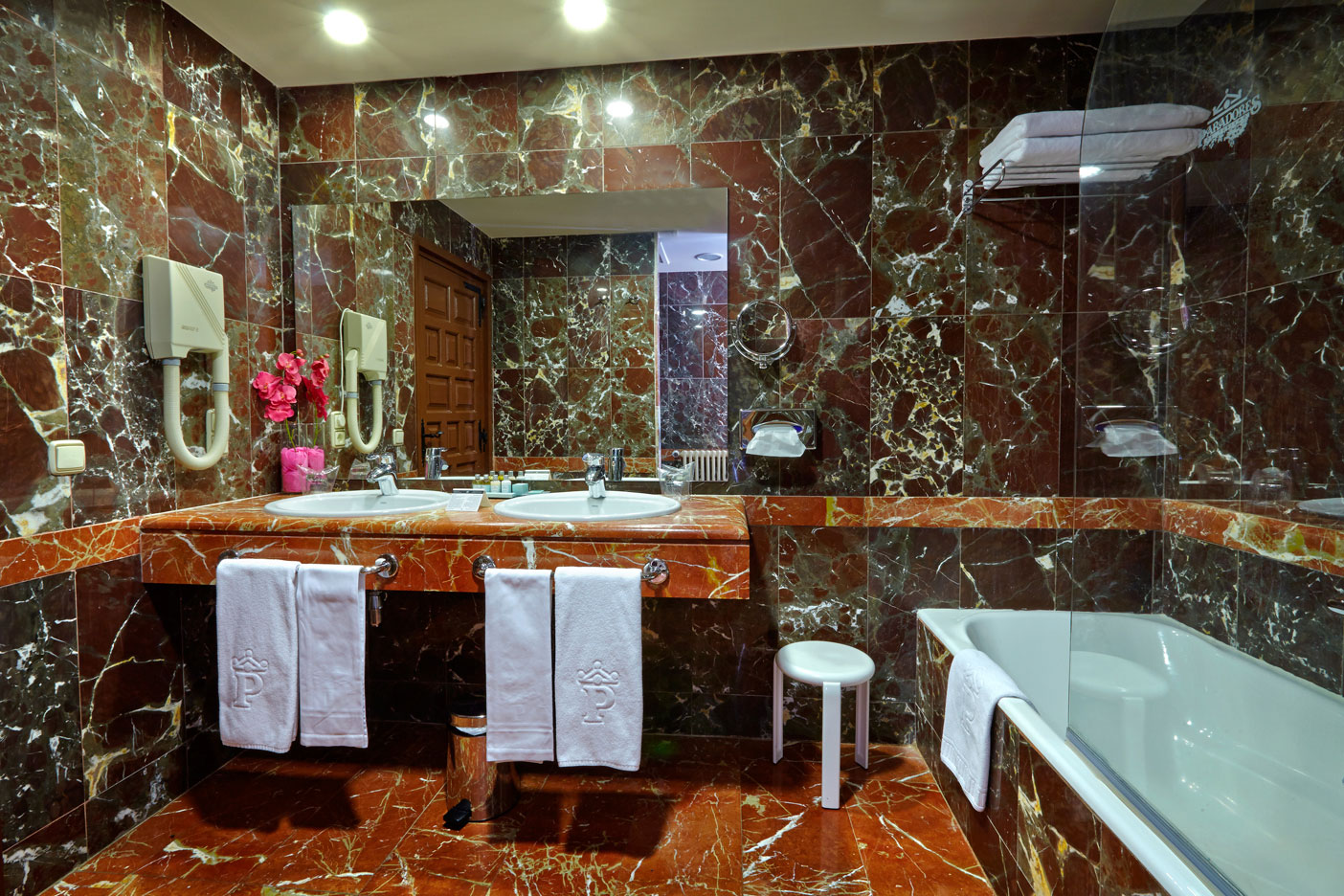
Rooms to dream about
The rooms at Paradores combine design and modern services to perfection. In each room you can enjoy the comfort and elegance of the design and furnishings, and the best views in destinations you will want to return to again and again.
All the comforts you need
air conditioning
Elevator
Laptop safe
Breakfast in the room
Gastronomic space
Paid parking
Minibar with a carefully selected selection of products
Flat screen TV
Seasonal swimming pool
Restaurant
Room service
Digital press and magazines service
ChromeCast technology
Sale of gift items
Free Wifi
The best regional cuisine in unique spaces
Paradores offers the exclusive experience of enjoying regional, local and local cuisine in unique spaces. Our cuisine is strongly linked to the places where the 98 hotels are located, presenting the best gastronomy from the different Spanish regions. Pioneers in local cuisine, we have reinforced our commitment to local products in search of the best raw material and reaffirming our commitment to sustainability.
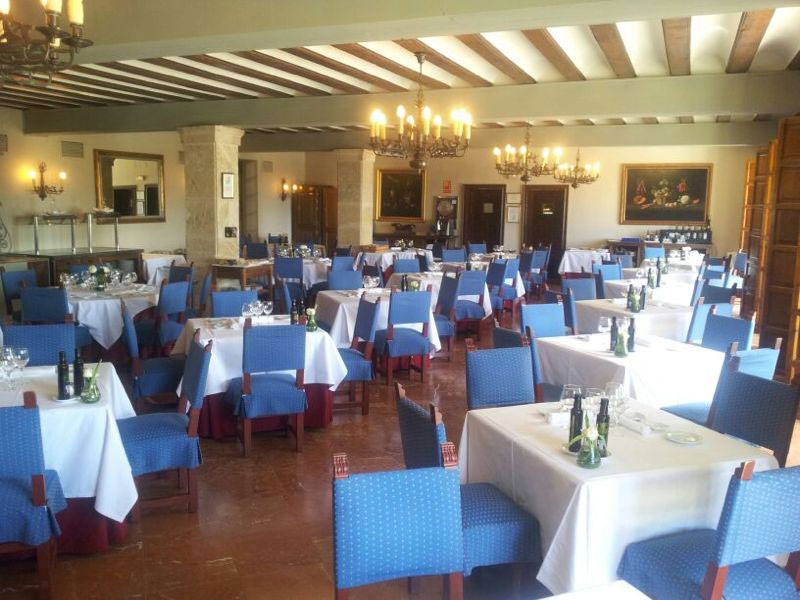
Take advantage of the Paradores offers
Zamora is known as the city of Romanesque architecture. In its historic centre there are as many as 23 temples and 14 churches, a fact that places Zamora as the city with the highest number and quality of Romanesque temples in Europe. Its main historical monuments include the Cathedral, the Castle, the walls, its bridges and stately homes, and the set of modernist buildings. Another building of great interest is the palace of the Counts of Alba de Aliste, now the site of the Parador de Zafra. A Renaissance jewel in the Romanesque city, which contains most beautiful humanist courtyards of the Spanish Renaissance.

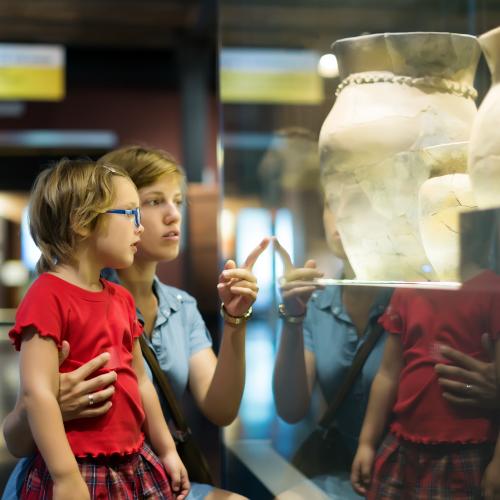
Its tourist attractions also include museums. The most notable ones are the Holy Week Museum, the Ethnographic Museum of Castilla y León (which is unique in Europe), and the Museum of Baltasar Lobo, a local contemporary sculptor and friend of Picasso.
Near Zamora is the Los Arribes del Duero Natural Park, a spectacular natural space that will delight nature lovers. You can discover the area´s spectacular canyons aboard a panoramic boat on the river Duero. You can also escape to Lake Sanabria and look out the largest glacial lake in the peninsula. And if you prefer to continue discovering towns, around Zamora you will find places of great interest to tourists such as La Hiniesta and its church with Gothic imagery and the town of Toro, with its Collegiate Church of Santa María La Mayor.
The Parador de Zamora is located in a Renaissance palace in the historic centre of the city. Connected by motorway to the nearest capitals: Madrid, Salamanca and Valladolid. It has two convention rooms that are fully equipped for holding all kinds of events, as well as offering traditional Zamora and Castilian cuisine in highly elegant, distinctive and unique settings.
